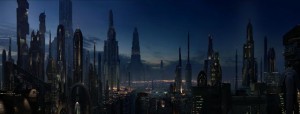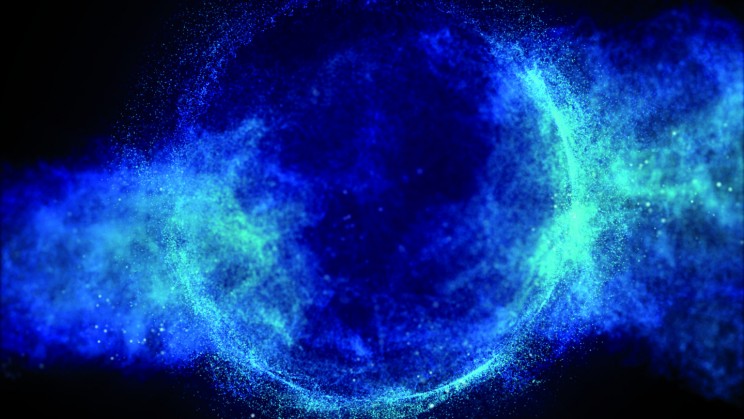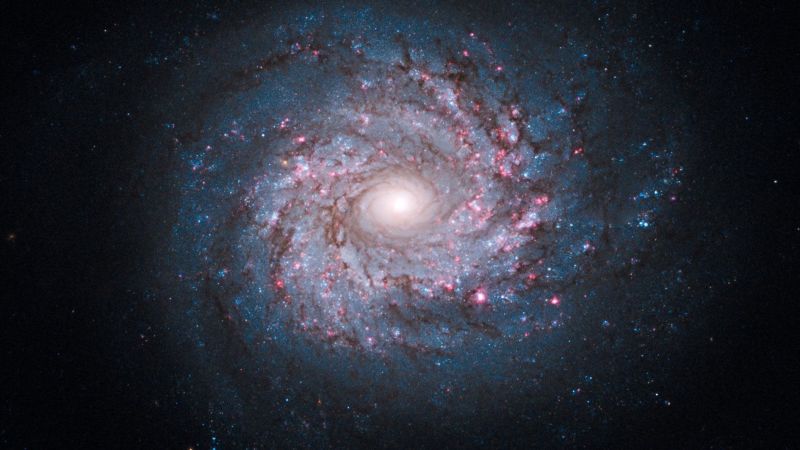A common feature about fictional planets is that they invariably seem to be characterised by a single setting, nowhere near to the biological and environmental diversity of our Earth. In other words, they are single-biome planets, like Arrakis of Dune, just to mention the most famous. How likely is this in astrophysics?
The topic is a controversial one, and has been debated for decades. A lot of stuff, like tidal locking, axial tilt, and similar considerations enter into account. And a single biome able to sustain life since, SF excluded, represents a bit of an outlier indeed. However, if we consider things from a more general perspective, things do change and the number of candidates increases. Ice planets, Uranus and Neptune, can be considered single biomes . Aren’t they all covered in ice? Mars can qualify as a (cold) desert planet, even though it lacks the sand dunes of Arrakis. And Earth itself is a waterworld, with 71% of its globe covered by oceans.

Widening the samples and examining the exoplanet population, we may find some other good examples – which deserve a dedicated space (and post). And what about other, more extreme scenarios? A well-known case in SF is constituted by city planets – i.e., planets that are one immense city. They are deemed (theoretically) possible but unlikely, more in terms of economic resources required to sustain their existence than for ecological reasons. Take for instance the galactic capital of Trantor, in Asimov’s Foundation trilogy. In the fictional Encyclopedia Galactica, the planet is described as “the centre of the Imperial Government for unbroken hundreds of generations and located, as it was, toward the central regions of the Galaxy among the most densely populated and industrially advanced worlds of the system, it could scarcely help being the densest and richest clot of humanity the Race had ever seen.” Doubts about the viability of these systems abound even in fiction though. According to the same source, “its dependence upon the outer worlds for food and, indeed, for all necessities of life, made Trantor increasingly vulnerable to conquest by siege. In the last millennium of the Empire, the monotonously numerous revolts made Emperor after Emperor conscious of this, and Imperial policy became little more than the protection of Trantor’s delicate jugular vein…”
Another, and even more popular example of a city planet is constituted by Coruscant. According to the Star Wars Wikia, “over the centuries, Coruscant had developed into an ecumenopolis, with a total of 5,127 levels of city built up from the crust by the time of the Clone Wars.” I haven’t done any in-depth analysis, but at a first look it looks even less sustainable than Trantor.

And after my article on the Death Star, you won’t be surprised if anybody had actually done the maths for what is necessary to make Coruscant live. According to some reasonable calculations, the ecumenopolis would need around 25 trillion lb. of food on a daily basis, an estimate based on average American consumption. If we assume, as seems logical, that the city has no arable lands – it’s a planet city, after all – it will take Darth Vader’s 45,000 Super Star Destroyers, with a cargo capacity of 550 million lb, to deliver the food required to sustain Coruscant’s population every day. Good luck!

Have a look at the great Irregular Webcomic website for additional geeky-funny stuff about Star Wars universe. For yet more fictional single biome planets, statistically likely and not, you can instead check out this good reference. I will keep on discussing this topic in future weeks, next time having a look of what exists out there.













I’ve always thought of these ‘Biome’ worlds as a lazy way of creating a planet, although in defence of Dune, Arrakis does conceal secrets below the surface.
One of my favourite fictional planets is one of the earliest: Mongo in Flash Gordon, which contains many different ecosystems, such as the forested Arboria. Your characters don’t need to explore a galaxy when you’ve created a world as good as that.
Hello Alastair, good point!
I’ve also liked the ones Peter Hamilton describes in The Night’s Dawn Trilogy. Some of them are “single biome” worlds, but they are artificial habitat, so it makes somehow sense. Also, the natural ones are not, making the whole story more credible (and enjoyable).